NASA Announces Commercial Crew Assignments

NASA Assigns Crews to First Commercial Spacecraft Flights, NASA
“Today, our country’s dreams of greater achievements in space are within our grasp,” said NASA Administrator Jim Bridenstine. “This accomplished group of American astronauts, flying on new spacecraft developed by our commercial partners Boeing and SpaceX, will launch a new era of human spaceflight. Today’s announcement advances our great American vision and strengthens the nation’s leadership in space.” The agency assigned nine astronauts to crew the first test flight and mission of both Boeing’s CST-100 Starliner and SpaceX’s Crew Dragon. NASA has worked closely with the companies throughout design, development and testing to ensure the systems meet NASA’s safety and performance requirements.”
On flying the new commercial spacecraft "Its like flying an iPhone" – @NASA Administrator @JimBridenstine pic.twitter.com/r6TV8Y2YZK
— NASA Watch (@NASAWatch) August 3, 2018
|
|


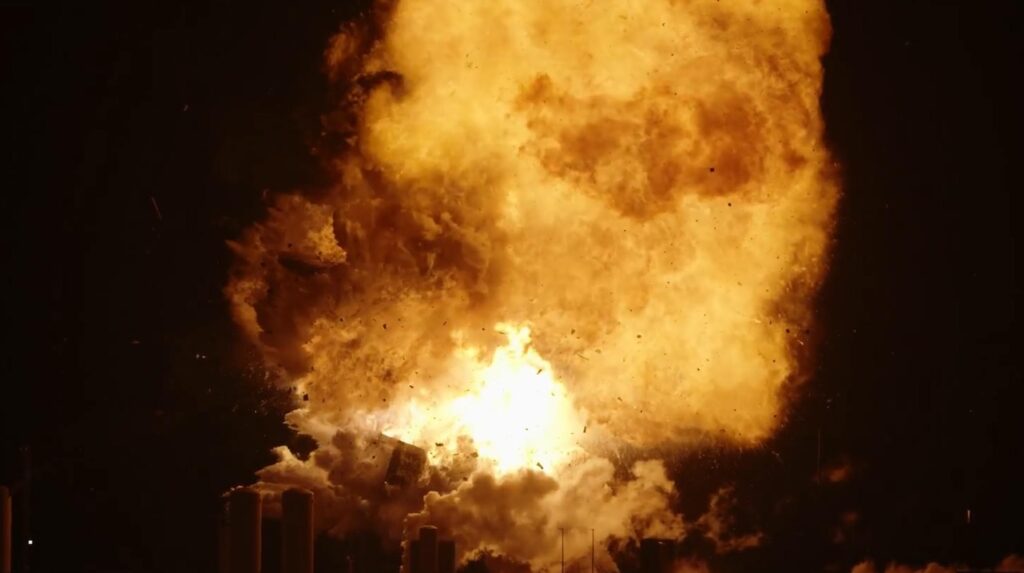
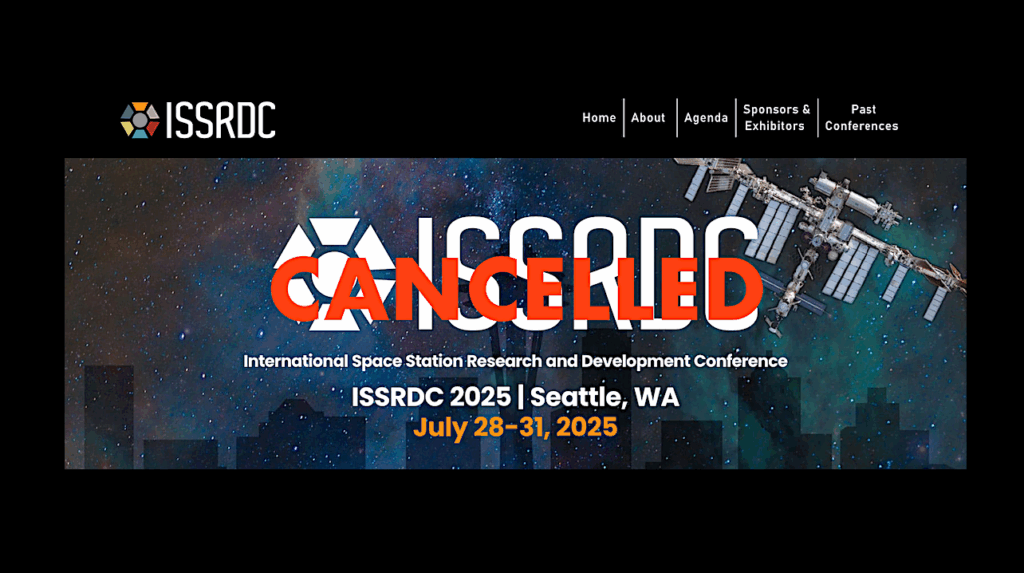
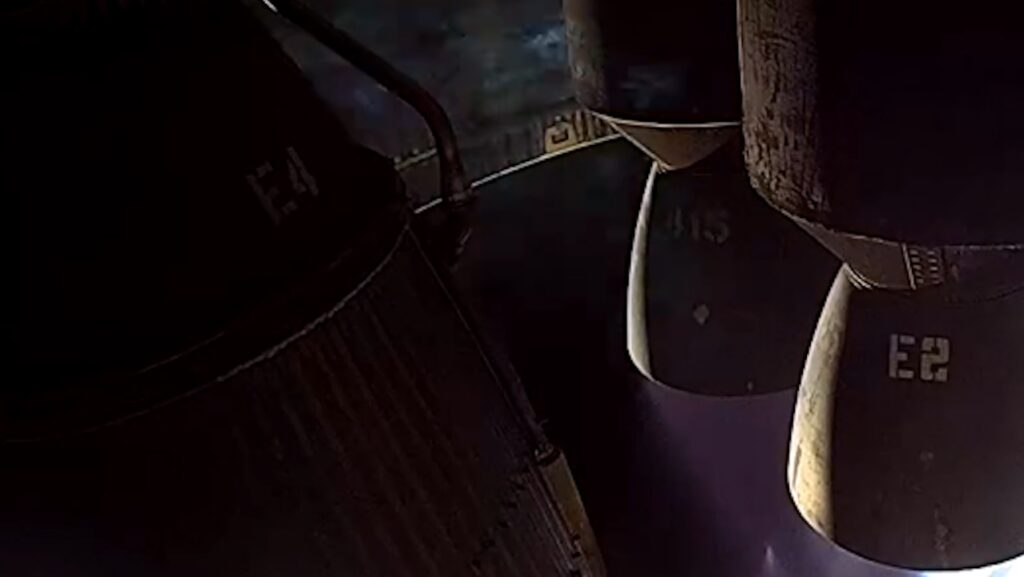
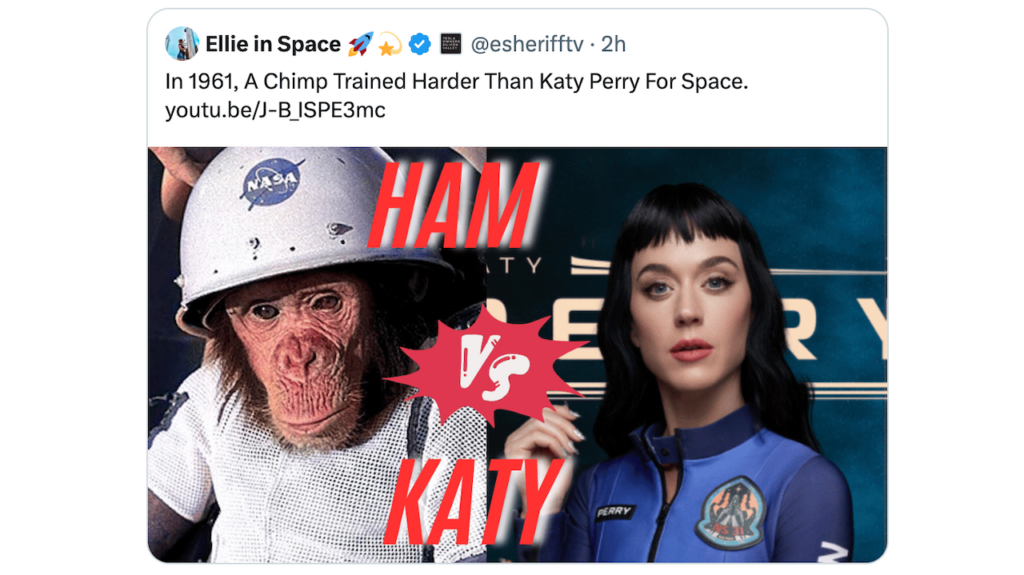
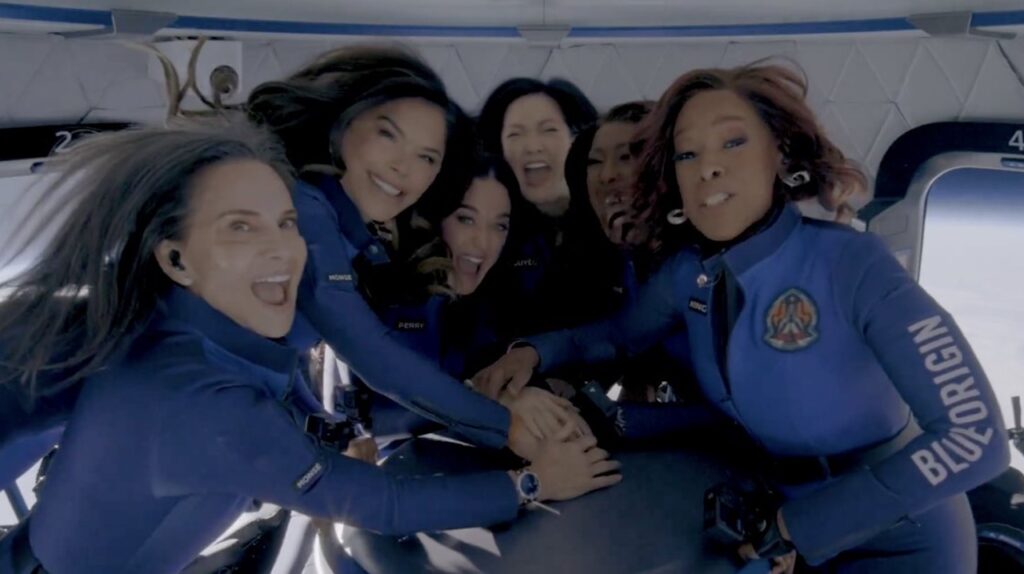
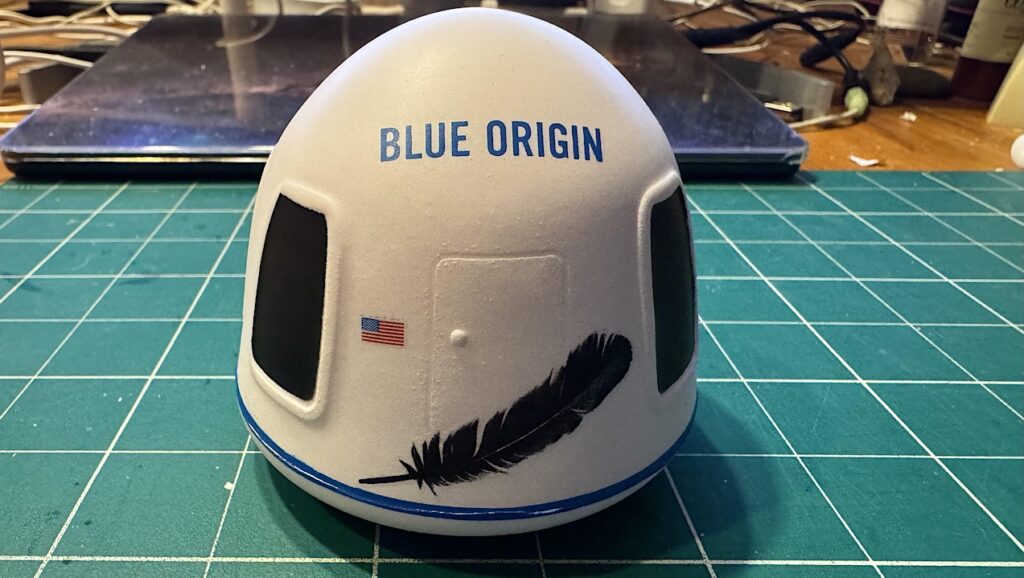

All this hoopla about starting again in a couple years what we did 56 years ago, I can barely contain my excitement.
Let’s be fair. We’re talking about a capsule with three or more people on board, capable of docking and internal crew transfer. We didn’t do that until Apollo 9, and that was only 49 years ago. And the capsules we’re talking about today are at least partially reusable, which is something new.
To all of those for whom the phrase “Apollo On Steroids” rolls off the tongue, including me: What exactly do you have in mind? What form factor (as they say in the computer industry) do you want?
In retrospect, the idea of a space plane has failed, although arguably the space plane might have been more successful in other hands. Capsules, Neanderthal-appearing as they are, answer so many design problems so effectively that they will dominate our future until a reliable SSTO is developed.
I’m not complaining about the use of capsules.(O.k. it looked that way, since I did imply they were an old approach, but that wasn’t exactly my intent.) Old approaches or form factors or whatever aren’t necessarily a bad thing. For example, I’m sure Boston Dynamics could develop a robotic horse, which people could ride instead of driving. But I’m not sure how practical that would be (or what class of driver’s license would be required.) Personally, I’d stick to walking or taking the bus.
As far as capsules go, the main disadvantage I see is reusability. Starliner’s service module isn’t reusable. Dragon 2’s trunk isn’t either, and a water landing will make reuse of heat shields a problem (or increase turn-around costs.)
Landing on a runway might allow more complete reuse and make turnaround easier. The Shuttle is a bad example of a practical vehicle for a long list of reasons. But as a technology development project and a step towards a practical vehicle, it wasn’t bad. The X-37B seems to be doing well (although that’s based on extremely limited information.) It will be interesting to see how Dream Chaser turns out.
I’ll jump into the deep end of this philosophical pool with a simple observation: capsules are among the best solution because they are efficient. And do we ever need efficiency!
What I mean is this: A few weeks ago, Homer Hickman pointed out just how far current technology would need to be stretched if we imagine any sort of chemically-powered spaceship making regular trips to Mars (in fairness, his argument was wider, and deeper, than my summary).
But he is right. We do have an energy problem. Every single launch from earth is precisely calculated, out to many decimal places, for this exact reason. Chemicals are the “coal and oil” of the Space Age; they might be able to get us moving but in the long run they are inadequate.
This issue is so central that NASA and whoever else should be spending research dollars.
But where to look for the required high density and convenience of chemicals?
Diving into the land of speculation: we know very, very little about the nature of space, and time; similarly gravity, and all the rest. We do what we can do with what we have, but we are laughably ignorant, so ignorant that we cannot even properly characterize our ignorance.
A perhaps apt comparison: in many parts of the “developing” world, cell phones have leap-frogged the need for aerial copper wires. I think – hope! – that similarly, and at some point, some future knowledge/ technology could similarly jump to the next stage.
Imagine a military spaceship analogous to a modern aircraft carrier! And then add all of her support vehicles! We are a very long way from the kind of required energy density, convenience, or portability.
/signing out, now, from a point deep in the future…
This moment might have happened sooner if we didn’t spend time trying to prove that a SRB could fly all by itself….
The CST100 is a lot like the proposal Boeing summitted for the OSP in 2004.
It’s interesting to see that Boeing will be flying one of their own people on the demonstration flight, but not (so far as we know) on the first operational flight. On the other hand, SpaceX will not have one of their own people on either flight. I know the Dragon 2 doesn’t need a pilot, but I’m not sure how automated the Starliner is. Or perhaps SpaceX has more confidence in self-driving vehicles, based on one of Mr. Musk’s other companies.
I believe SpaceX had the opportunity to do so, but declined.
I’m sure SpaceX had that option at some point. I don’t know if it would have had to be in the original proposal, or if the door is still open. But you’re right; the opportunity was there.
My point was that SpaceX did not decide one of their own people was a necessary part of the crew, and Boeing did. That’s interesting.
In a way, it’s also disturbing that Boeing thinks one of their people is necessary on the first crew flight, but not subsequent ones. It suggests the sort of thinking the CAIB report criticized the Shuttle program for: Assuming that, after a handful of flights, everything is fine and you can shift to different, “operational” practices (rather than continuing to regard the vehicle as an experimental/developmental one.) Not that Dragon 2 would be “operational” in a meaningful sense either, but it looks like they will continue the same practices they used for the demonstration flight..
(By the way, I’m assuming Mr. Ferguson is considered a necessary part of the crew. I suppose he could just be there for the ride. As the commander of the last Shuttle mission, it is a nice PR touch. And if they get to ISS before SpaceX, he’ll be bringing back the flag he left on ISS in 2011, which would be a PR coup. Plus, for I know, a flight might be in his contract’s bonus package. But I doubt all that; if he’s on, he’s almost certainly on because he has a role Boeing considers necessary.)
The simple reason that Boeing won’t be sending their pilot on the second crewed flight is because it will be an “operational” flight that will remain docked at the ISS for 6-7 months. All of the passengers will need to be dedicated ISS crew members. Perhaps when (or if) there are short-term transfer flights, Boeing pilots will fly again.
An April 5th NASA press release stated:
“NASA has updated its Commercial Crew Transportation Capability (CCtCap) contract with Boeing, which provides flexibility in its commercial flight tests. Boeing, one of the agency’s two commercial crew partners, approached NASA last year and proposed adding a third crew member on its Crew Flight Test (CFT) to the International Space Station.
The change includes the ability to extend Boeing’s CFT from roughly two weeks to up to six months as well as the training and mission support for a third crew member. Cargo capabilities for the uncrewed and crewed flight tests were also identified.”
Now we’ve got that third person on the demonstration flight, but it’s not a dedicated ISS crew member. So it isn’t at all clear what the plan is.
My understanding is that Ferguson will be the CDR, not just a “PR touch.”
Well, I suspect you’re right, at least about him having an active, if not necessary, role. I’m less sure he would be a mission commander, or some other title and role. But we (or I) haven’t seen any definite statements to this effect. I was just mentioning unlikely alternatives for completeness (it’s a professional habit; separating facts from interpretation.)
That does raise the question about the third person on the demonstration flight. What, exactly, is that person’s role, why is it necessary on that flight, and why is it not necessary on later flights?
The absence of a “Teslanaut” could be simply explained:
Boeing is a gigantic company that avoids self-funding.
SpaceX is a very small company with many balls in the air and with Mr. Musk as the master juggler. SX also has the corporate eye on a singular and gigantic goal.
Doug Hurley, a NASA astronaut serving on the first Crew Dragon flight, was the pilot on STS-135. Whoever gets there first, STS-135 will be represented — and one guesses that this might have been a factor in SpaceX’s decision not to add their own guy or gal to the crew.
Actually believed SpaceX is thinking how hard can it be to fly and docked a spacecraft to the ISS after recovering autonomous booster cores at sea and reflying them. Also bringing into service the world’s most powerful operational launch vehicle that launches with 27 engines.
While the only current Boeing reusable orbital vehicle is the X-37B glider from the Phantom Works.
“I’m not sure how automated the Starliner is”
If they need a pilot on board, they are going to have a hard time passing their unmanned test mission that has to dock to and return from the ISS, before their first crewed test mission.
Something I haven’t seen explained yet … I believe the first crewed Boeing Starliner is scheduled to stay docked at the ISS for only about two weeks. The third passenger on that flight (I think Nicole Mann) is to become a long-term ISS crew member. So, will she switch places with another ISS crew member who will fly home when the Starliner departs? When the Starliner leaves, there will only be enough seats on the two Soyuz spacecrafts docked at the ISS for an ISS crew size of six.
I didn’t see anything about one of the crew test flight passengers staying up there. I did see something about how, if delayed enough, the whole thing (Starliner and all the passengers) might stay up for six months as a normal crew rotation. That seems to be a contingency in case NASA is pushing the end of its contract for seats on a Soyuz. That would address your concern about room on docked return vehicles.
It doesn’t explain what Mr. Ferguson would be doing up there for six months. And the vague mention of adding a fourth crewman to the Boeing demonstration flight. Nor the statement that, for all these missions, additional people from international partners (ESA, I guess, although Canada or Japan aren’t impossible.)
What I didn’t realize until you brought this up is the impact on normal ISS crew rotation. The launch dates for all these flights are still pretty uncertain, especially for the first “operational” ones. And it seems the stay time and number of passengers isn’t set in stone either. In terms of space on ISS, seats on docked return vehicles, and probably quite a few other things, that could be a scheduling mess. It’s manageable, but it isn’t going to merge seamlessly with the current three/six person scheme of interleaved “Expedition”s.